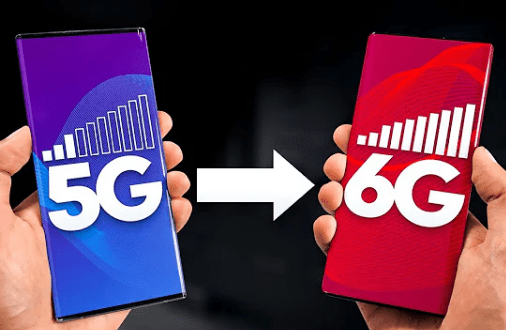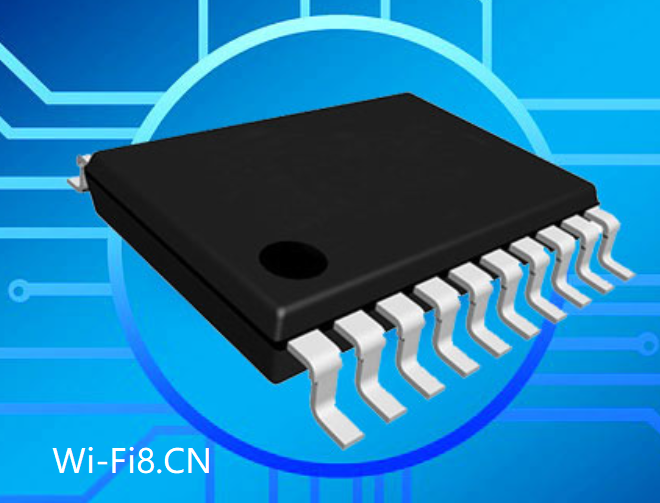Realtek RTL883AU solution USB WiFi6 network card. In addition to the AX200 series, the RTL8832AU is one of the most worthy models to consider.
RTL8832AU comes from Realtek, a major supplier of network card chips;
Let’s take a look at its parameters first:
WiFi specifications: AX1800 specifications, 2.4G is comparable to AX200; However, 5G does not support 160MHz, only 1201Mbps; Dual frequency dual antenna;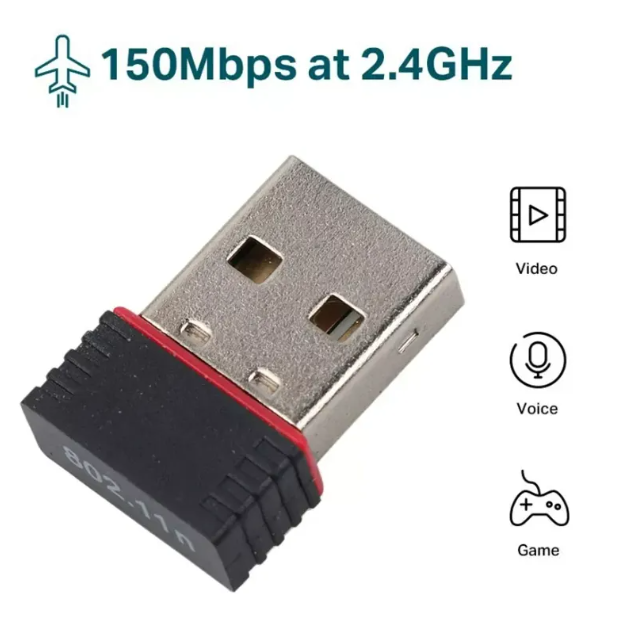
Interface: Using USB 3.0 interface, the only WiFi6 network card that supports USB interface;
Support drive-free installation;
The system supports comprehensively, and can be used on old systems such as win7 and win8, without the need to upgrade the system in order to use WiFi6;
Support analog AP function;
Hot-swappable: the unique advantages of USB interface, plug and play, support hot plugging;
Bluetooth is not supported.
Asus USB WiFi6 network card
Compared with AX200, although the specifications are not comparable, it also has its own unique advantages: support win7 system; USB 3.0 interface installation.
RTL8832AU is not sold directly to consumers, but is sold by network card manufacturers to make finished USB network cards, and some manufacturers have launched products.
For example, D-LINK, Asus, Yilian EDUP, COMFAST will have more manufacturers launch network cards for this chip.
The model of D-LINK is DWA-X1850, but it is mainly for foreign markets, and this model has not been seen in China;
Asus’ USB-AX56, a certain east is sold, but the price is Asus’ consistent style, the price is extremely high, more than $85 price, not recommended;
ASUS USB-AX56 AX dual-band low-radiation WIFI 6 wireless card $83.00, an RTL8832AU USB network card price is comparable to AX200, which is a reasonable range, so that it can be used as an alternative to the inconvenience of using the AX200.
The model can be selected from several such as EDUP, COMFAST, and Fenwei, and the price is more appropriate.
Fenwei WIFI6 USB Gigabit Wireless Card AX1800 Dual Band WiFi6 $26.00 USB WiFi6 Network Card Winglink EP-1696S Gaming 1800 MB USB 3.0 Network Card.

As the RTL883AU network card of more and more manufacturers goes on the market, the price is expected to further decline.
Realtek RTL8852AE, MediaTek MT7921 network card
RTL8852AE and MT7921 are introduced together, and these two models are relatively consistent from the perspective of parameters and market usage; Parameterally:
AX1800 specification, 5G does not support 160MHz, the highest theoretical rate is 1201Mbps, the actual use can not run the full gigabit;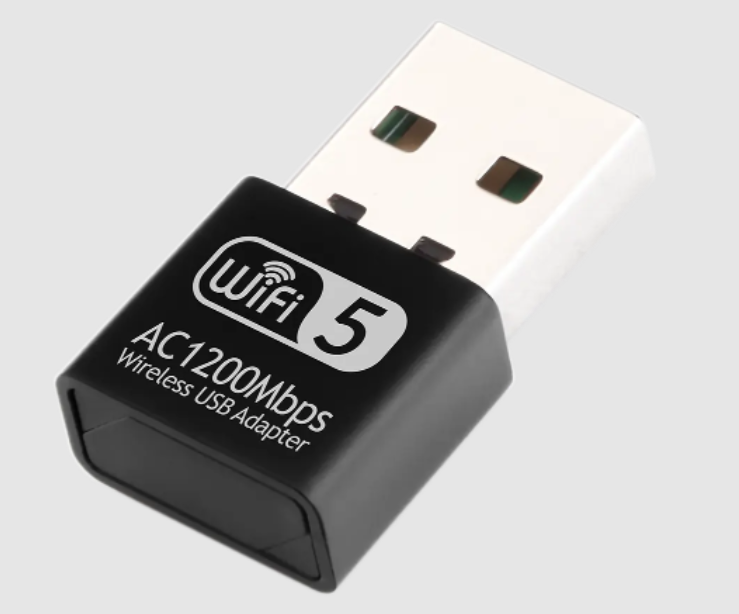
Integrated Bluetooth; The interfaces are M.2, which can be installed on the M.2 WiFi interface, or can be used on the PCIe interface through the M.2 to PCIe adapter board; support Intel, AMD platform, after all, unlike AX200, there is a clear tendency to its own platform. MT7921K WiFi6 AX1800M Dual Band Wireless Card M.2 notebook.
Due to the serious shortage of AX200, notebook manufacturers, such as Lenovo and Asus, have introduced WiFi6 network cards from Realtek and MediaTek to ensure supply; Open a fish second-hand platform, you can see that there are many disassembled new RTL8852AE and MT7921 network card modules that change hands; Basically, everyone replaced the AX200 after replacing it from the newly bought notebook.
In addition, the shortage of AX200 has also led to the supply of network card manufacturers who use AX200 to make finished PCIe network cards, and will also use these two network cards as alternative products, such as Yilian EDUP, which launched a network card using MT7921.
Qualcomm QCA6391
Qualcomm QCA6391 can be regarded as a product in the same gear as RTL8852AE and MT7021; However, the supply is very small, Qualcomm should not sell this chip exclusively as a network card, more used in mobile phones;
Qualcomm as a strong WiFi upstream manufacturer, in fact, it is relatively easy to use some WiFi chips on routers, develop Windows drivers to use, this year and next year’s Snapdragon new generation 8 series processor 8 Gen 1 used FastConnect 6900 in WiFi 6 performance is very good.
However, Qualcomm may not look at the small market such as network cards at all, and does not intend to contribute to this niche market.
The network card module of QCA6391 may still be found on a treasure, and interested players can try it early, but the price is not low, and daily use is not recommended.
A WiFi6 network card that may be released in the future
In the past month or two, the news of WiFi6 network card has suddenly increased, and this section Wi-Fi8.CN summarize it for everyone. The sources are basically press releases from various companies, and interested friends can also search for news in this regard;
First of all, MediaTek:
On October 13, 2021, MediaTek released two new products for the Filogic family of wireless connectivity platforms, the Filogic 830 Wireless Connectivity System-on-Chip (SoC) supporting Wi-Fi 6/6E and the Filogic 630 Wireless Network Card (NIC) chip supporting Wi-Fi 6E.
Filogic 830 is used on routers; Filogic 630 is a wireless network card chip that supports PCIe interface; “The Filogic 630 is a wireless card (NIC) solution for Wi-Fi 6/6E that supports dual-band, dual-concurrent 2×2 2.4GHz and 3×3 5GHz or 6GHz bands with network rates up to 3Gbps.
The Filogic 630 features internal front-end modules (FEMs) that support 3T3R 5/6GHz systems, providing better signal coverage than 2T2R external front-end module solutions.
In addition, the third antenna of the Filogic 630 achieves excellent beamforming capability and signal gain on the transmitter.
The Filogic 630 features a highly integrated chip design with a small RF front-end area that enables manufacturers to achieve more sophisticated design, while reducing costs.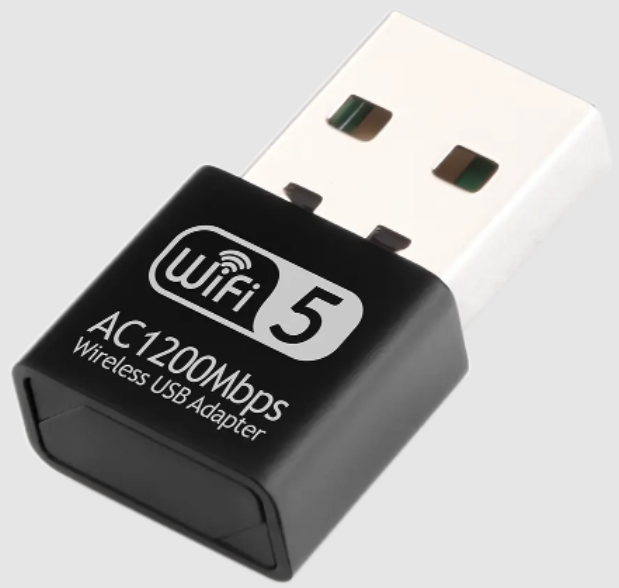
The Filogic 630 supports interfaces such as PCIe and can be used with the Filogic 830 to provide a faster, higher-bandwidth capacity tri-band connectivity solution for devices such as broadband gateways, enterprise-class access points, and retail routers.
WiFi manufacturing companies
With a broad Wi-Fi portfolio, MediaTek is a provider of Wi-Fi solutions for broadband, retail routers, consumer electronics, and gaming devices, powering hundreds of millions of devices annually.
MediaTek has been working closely with the Wi-Fi Alliance for many years to ensure that MediaTek’s wireless connectivity products support advanced Wi-Fi capabilities. In January 2021, MediaTek was selected as the Wi-Fi Alliance’s Wi-Fi 6E testbed, receiving a new Wi-Fi Alliance’s certification for Wi-Fi CERTIFIED 6® devices supporting the 6GHz band.
Wi-Fi 6E-enabled devices offer many advantages over previous generations, including lower latency, greater bandwidth capacity, and faster transfer speeds.
Wireless networking devices supporting the 6GHz band are designed to provide gigabit transmission and low-latency Wi-Fi connectivity with 160MHz wide channels and 6GHz uncongested bandwidth, providing reliable wireless connectivity for applications such as streaming, gaming, AR/VR, and more.
In addition, AMD’s network card: AMD may be watching Intel’s rise in the field of network cards, and also want to get a piece of the pie.
AMD pulled up MediaTek in November this year, jointly released the news, the two sides will cooperate to develop mobile chips – Wi-Fi 6E module RZ600 series, the first batch of AMD RZ616, AMD RZ608 two products, the speed can reach 2.4Gbps, support Ryzen notebooks and desktops.
AMD’s RZ600 series Wi-Fi modules are based on MediaTek’s Filogic 330P Wi-Fi chip, both support Wi-Fi 6 2×2 and 6E 2×2, and also support Bluetooth 5.2 BT/BLE, integrate PA, LNA amplifiers, and optimize power consumption and area for use in notebook computers of various sizes.
The difference between the two RZ600 series Wi-Fi 6E modules is mainly channel bandwidth, RZ616 supports 160MHz channel bandwidth, the rate can reach 2.4Gbps, supports M2 2230 and 1216 two specifications, RZ608 is a standard 80MHz channel bandwidth, the rate is 1.2Gbps, only supports M.2 2230 modules.




